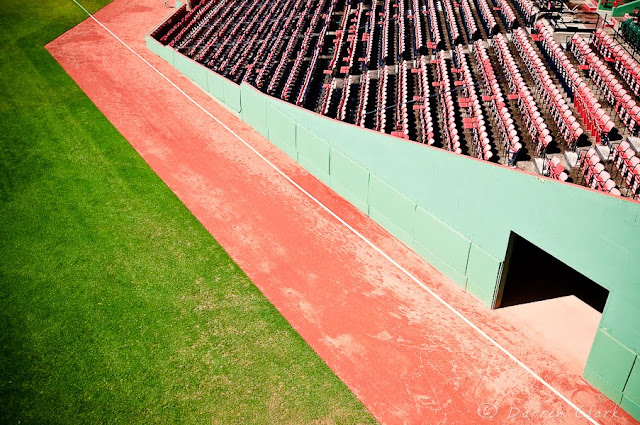With the release of Photoshop CS5 earlier this year, and CS5’s enhancement of their HDR Pro function, I thought it would be a good idea to revisit HDR (High Dynamic Range) photography. I have played around with HDR in the past and also wrote a previous blog post with my initial take on using this technique. I also came up with some rules that I would use to determine when and where I would choose to use HDR such as:
Restraint – try to avoid overcooking the image, unless that’s exactly the effect you’re looking for. Try to keep things looking realistic and more pleasing.
Does it really need HDR? – Are there enough tonal values that are outside the range of a normal exposure and would HDR be the best choice?
Composition – This can usually go without saying, but I’ve seen lots of HDR photos where the photographer relied too much on the HDR effect and completely forgot about the composition. Composition is the foundation of every good image so don’t forget about this critical stage.
Now there’s two typical ways to process HDR images: the photorealistic look; and the surrealistic/fantasy look. In this revisit I’m going to show you a little of both starting with the photorealistic look.
The first image above is my original exposure; this is the unprocessed RAW image. When I shot this I knew there were some great elements, but there was also some room for improvement. As you can see there was a lot going on with the sky, but it looks a little flat. Also, the dark areas of the foreground do not do justice to what I actually saw with my eyes, and the building has a lot of texture in the stones and roof that does not come through. So I thought would this be a good candidate for HDR and set up to shoot multiple exposures.
Above is the final HDR output with some finishing in Lightroom. I took 7 exposures (3 under, 3 over and 1 in the middle) and decided on the “overkill” method and used all 7 for the final output. I liked this scene and didn’t want to go too overboard on the HDR effect (Rule #1 – Restraint). My goal was to keep this as realistic as possible, but to also pull out all of the elements that I remembered seeing such as the drama in the sky and the detail in the foreground. Now, I may have pushed this just a little further than I initially intended, but I wanted as much detail in the building as possible, which I think I achieved. Overall, I think this is huge improvement over the original.
This is where HDR can really shine as you can literally get the best of everything. For this I shot 5 exposures (2 under, 2 over and 1 in the middle) and used all 5 for the final HDR output. I also did a little bit of cleanup on Photoshop and some finishing in Lightroom. Again, my goal was to keep this as realistic as possible. I was thinking that if this were for a client shoot, they probably would not want their building glowing like something from outer space. I was pleased with the final result.
Stay tuned for part 2 where I’ll push things a little more to the wild side.
Cheers!
DC















